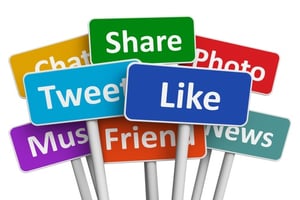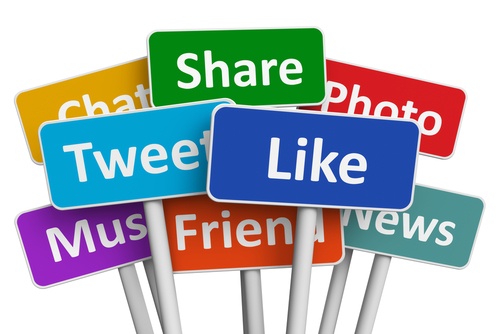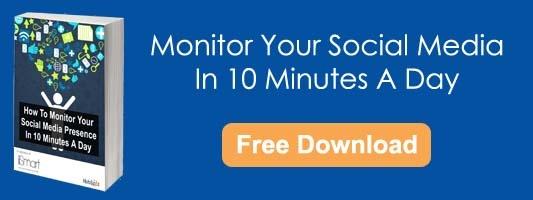By Stanley Mak on Jan 27, 2016 5:14:00 PM

The use of social media channels such as Facebook, LinkedIn, Google+ and Twitter offers instant visibility for your brand, helping you to not only accelerate brand awareness, but also disseminate key brand messages among your target audience.
We propose to set up, manage, monitor and report on your social media profiles on an ongoing basis.
As part of our management of the social media profiles, we will engage in the following activities:
- Regular monitoring of the social media profiles for user interaction with the your brand, e.g. new likes, shares, @mentions and retweets
- Regular posting of all your company news and updates to the profiles
- Regular profile posting around local events, national events, news, views, media articles and updates
- Regular posting of updates around your offers and promotions
- Informational and service update postings, e.g. website updates, new features, etc.
- Launching any competition/promotional campaigns you are happy to pursue
- Reporting on a regular basis on key social media engagement statistics, which form the basis for the metrics and objectives setting for our social media campaigns.
These metrics include but are not limited to the following:
- Increase in the number of Facebook likes
- Total weekly Facebook page update 'shares'
- "Friends of Fans" metrics
- "People Talking About This" metrics
- "Weekly Total Reach" metrics
- Number of new Twitter followers
- Number of Twitter retweets
- Number of Twitter mentions
Definitions Of Popular Social Media Metrics
These are the most common explanations:
- Conversions = the number of people who achieved a desired result. This could be paying for a product, signing up for a trial, completing a form, or any other goal you've set up for your campaign.
- Leads = potential conversions. These include anyone with the need or interest to pursue your product or service.
- Engagement = the total number of likes, shares, and comments on a post.
- Reach = a measurement of the size of audience you are communicating with.
- Impressions = a look at how many people saw your post.
- Funnels = The paths that visitors take toward converting.
- Visits vs. unique visits = Visits count each time a person visits your site or page, regardless of whether or not they have visited before. Uniques count each person only once.
- Bounce rate = The percentage of people who land on your page and immediately leave, without viewing any other pages rate at which people leave your site after viewing only one page.
- Exit rate = The percentage of people who leave your site from a given page. It's possible these people have browsed other pages of your site before exiting.
- Time on site = a measure in minutes and seconds of how long a visitor stays on your site before exiting.
- Audience growth rate = a comparison of your audience today to your audience yesterday, last week, last month, etc.
- Average engagement rate = individual post engagement compared to overall followers.
- Response rates = These can be measured in two ways, either as the speed with which you respond to comments and replies on social media, or how quickly your marketing or sales department follows up with leads from social.
- Inbound links = the number of sites linking back to your website or page.
The No. 1 Metric: Conversions
If you consider social's place in a marketing funnel, it's likely to be at or near the top. The more leads we can capture, the better. The more conversion insights we get, the better we'll know how to target the leads we pull in. Here's the way that Social Market Buzz shows where social fits in their funnel.
The Ultimate System For Tracking Engagement On Social
As we work toward investing in our social media communities, we expect to try out a lot of new experiments along the way in terms of the best ways to measure our efforts and the best types of content that truly engage with our audience.
One of the experiments that we're eager to try is a new way of looking at engagement. First proposed by Avinash Kaushik back in 2011, this theory of engagement breaks the metric into 4 parts that you'll find to be consistent across all social networks: Conversation, Amplification, Applause and Economic Value
- Conversation rate: This is simply the number of conversations per social media post. On Facebook, Google+, and LinkedIn, this would be comments. On Twitter, it's replies.
- Amplification rate: This measures the number of reshares or retweets on average for each post.
- Applause rate: This accounts for the various ways a user can promote a post on different networks—Retweets, Likes, +1s, etc. (Side note: I love the word 'applause' to describe this metric).
- Economic value: According to Kaushik, this value is the sum of short-term revenue, long-term revenue, and cost savings
Ultimately, you want the work you do on social media to lead to a paying customer. That's the ultimate conversion.





comments